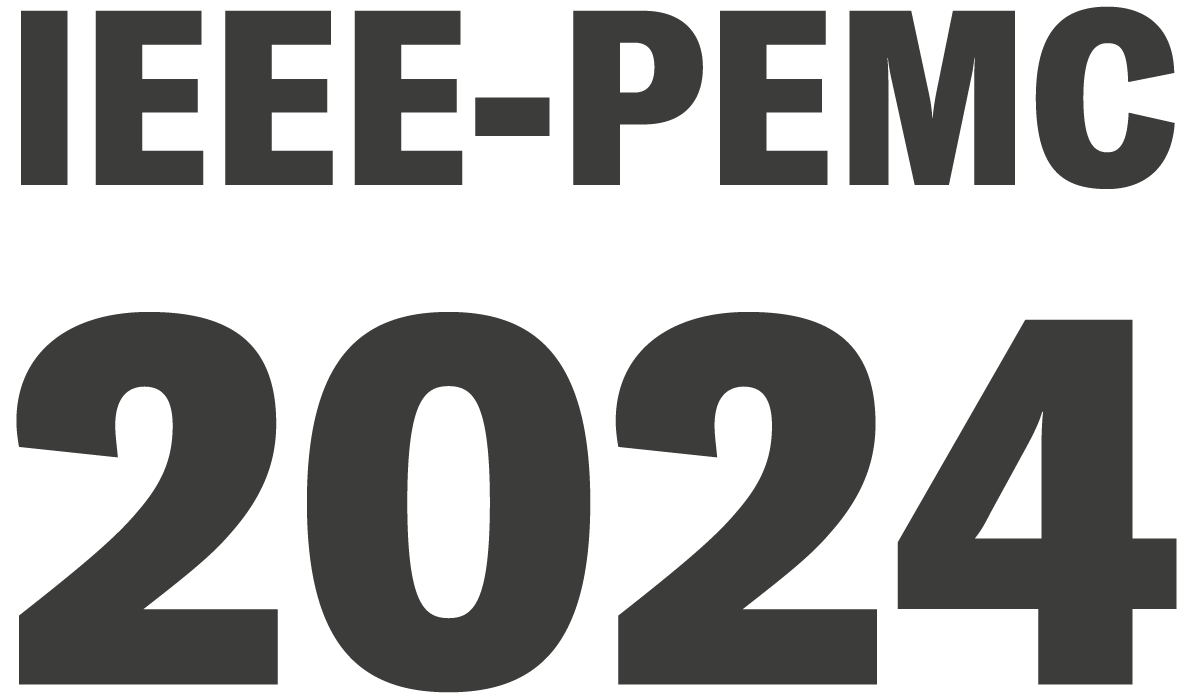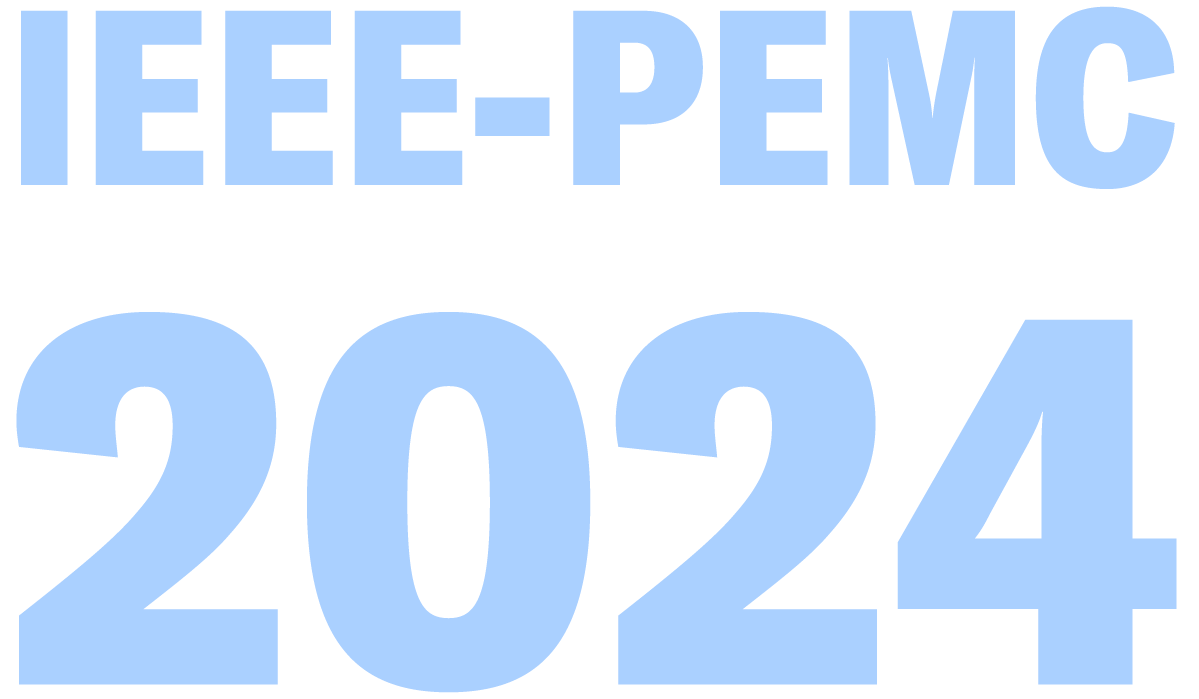Medium voltage power conversion with SiC power devices.
Abstract:
Nowadays, a rapid increase of interest in medium voltage (MV) power electronics can be observed, as there is a tendency for many formerly low-voltage applications to have their range extended into MV territory, e.g., photovoltaics, battery energy storage systems, or electric vehicle (EV) fast charging stations. This is caused by several factors. Firstly and especially important considering the recent actions aimed at decarbonization and lowered negative impact on the environment – because of the fundamental increase in energy efficiency, as the currents, and thus power losses, are reduced. Moreover, the process is further accelerated by constant advances in wide-bandgap power semiconductor device technology, especially in the form of Silicon Carbide, as devices with blocking voltages exceeding 10 kV are introduced and can be deemed highly competitive compared to conventional Si-based devices in terms of performance.
Therefore, this tutorial will focus on the core part enabling efficient medium voltage applications of the future: SiC-based power converters. The seminar will start with low-level considerations on SiC power devices, including what is available on the market and what is forthcoming. This will comprise a discussion on the devices, their issues, modeling, and characterization and will contain considerations for both discrete components and power modules. Furthermore, the topic of gate drivers will also be elaborated on. The whole subject will be supported by proper examples.
The mid part of the seminar will dive deep into the topic of available options for employing SiC power devices in the medium voltage range, taking into consideration the various methods of constructing power electronic switches and choosing appropriate power converter topologies. To be more precise, the discussed options will be: high-voltage power devices in two-level operation; series connection of low-voltage power devices, with both active and passive voltage balancing; multilevel topologies, including modular multilevel converters (MMC); and the quasi-two-level method. This part will be based on a technology evaluation, formed on the basis of theoretical considerations concerning fundamentals, design challenges, as well as experimental research on test circuits and full power converters, supported by data from the instructors’ studies and literature.
Finally, the last part of the tutorial will center around various medium voltage power electronics applications, from lower-voltage spectrum systems such as photovoltaic and battery energy storages up to high-power MV applications in the form of traction, ultrafast EV charging stations, data center systems, and many more. The outlook will be founded on the internal experience of the instructors and built power electronics systems, as well as an overview of findings from the literature and industrial applications.
This tutorial is intended for researchers and development engineers alike, skilled in the field of power electronics.
About the speaker:
Rafał Kopacz received the B.Sc., M.Sc., and Ph.D. degrees in electrical engineering in 2018, 2019, and 2024, respectively, from the Warsaw University of Technology, Warsaw, Poland. He is currently an Assistant Professor at the Institute of Control and Industrial Electronics, Warsaw University of Technology. He was a visiting Researcher with SINTEF Energy and Norwegian University of Science and Technology (NTNU), Trondheim, Norway, in 2019, where he was working on reliability issues of SiC power devices, as well as Power Electronics Systems Laboratory, Swiss Federal Institute of Technology (ETH) Zurich, Zurich, Switzerland, in 2023, where he was investigating novel concepts for solid-state transformers. His main research interests include SiC-based power electronics, energy conversion in medium voltage range, especially using series connection and multilevel topologies, as well as power converters for EV fast charging stations, traction applications, and renewable energy sources. He is a Member of IEEE.

